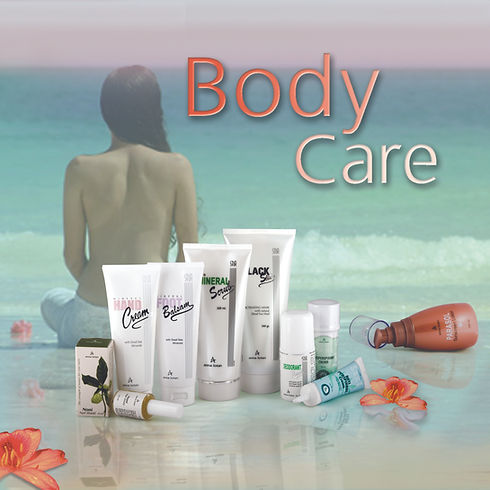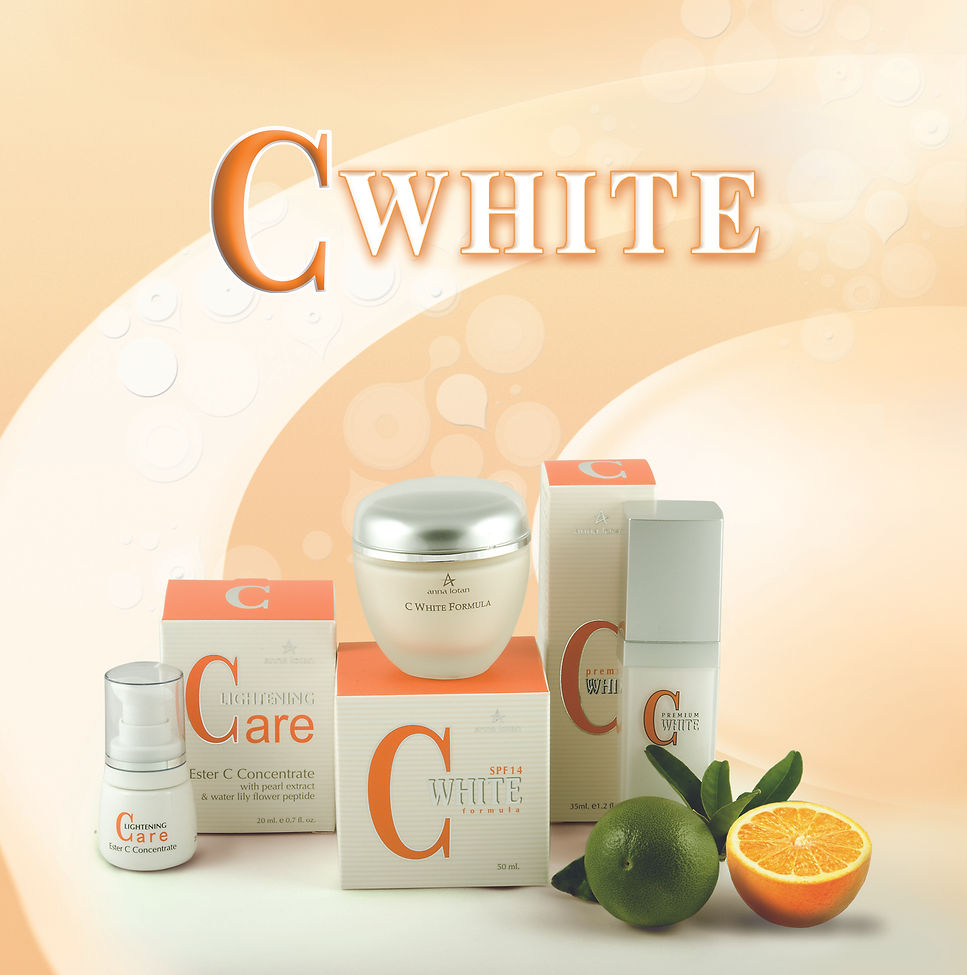
The Full Story
About
Mrs. Anna Lotan

Family Background and Childhood:
Anna Morshkovsky was born on November 20, 1922, in the small picturesque town of Glukhov (today Hlukhiv) in northern Ukraine. Her grandfather was a goldsmith, and thanks to his work the family lived in comfort until the Bolshevik Revolution. After that, they lost their property and had to move from one collective farm to another before finally settling in the city of Kharkov.
Anna was the only daughter among five children and was treated with special care, even during years of poverty and hunger. She was an excellent student, especially in literature, science, and the German language, which later became very important in her life.
When the Germans invaded Ukraine, Anna was 19 and studying literature at Kharkov University. The university was evacuated to Kazakhstan, where she lived through the war years in cold and hardship. There she met a Jewish refugee family who introduced her to Zionist ideas, and she fell in love with a Jewish-Polish soldier in the Red Army. She married him with her family’s blessing. In the spring of 1945 she left the Soviet Union without permission, pregnant, and traveled with him to Krakow. She said goodbye to her parents and brothers, not knowing if she would ever see them again.
In January 1946, in a small apartment in Krakow, Anna gave birth to her first daughter with the help of a midwife, without any official record. Her husband Jan soon had to escape to the American zone in West Germany, and with the help of a Red Army officer and the Jewish Agency, Anna managed to flee with her baby from Krakow to West Berlin.
Later she joined Jan in Munich, where they shared an apartment with the Kolodny family—whom she had met in Kazakhstan—and with Oskar Schindler, who had saved many Jews during the war. During three years in Munich, Anna joined training programs for refugees run by the Joint Distribution Committee. She first considered studying photography but finally chose cosmetology. Her good German and love of German literature helped her succeed. She later became skilled in new skin treatment methods, especially electrical epilation, which she used not only for permanent hair removal but also for treating skin problems like broken capillaries and warts.
Immigration to Israel
After the war, Anna’s sense of Zionism grew stronger. The hostility she had faced as a Jew in Ukraine, together with the founding of the State of Israel in 1948, convinced her that her future could only be there. Her husband Jan preferred to remain in Europe and build a life there, but Anna made her own decision: she would immigrate to Israel.
In 1950, at the age of 28, she set out with her four-year-old daughter. After several weeks in a transit camp in Italy, they boarded a crowded ship bound for Haifa. On arrival, with no family or acquaintances to receive her, Anna was sent to a kibbutz run by the Hashomer Hatzair movement. The socialist, pro-Stalin atmosphere reminded her too much of her Soviet past, and she refused to remain there. Instead, she found refuge with the Kolodny family in Bat Galim, whom she had known from Munich.
Absorbing into Israel was difficult: she was a young mother, a new immigrant with no Hebrew, and her profession—cosmetology—was little known in the country. Her husband, though he stayed in Europe, supported her financially by purchasing an apartment in central Haifa and furnishing it so she could start a new life. Anna’s striking appearance, elegant style, and graceful manners also helped her gain respect in her new environment.
In Haifa she met Rachel Kagan, a prominent public figure, a member of Israel’s first Knesset, and one of the two women who had signed the Declaration of Independence. Despite their age difference, the two developed a close friendship that lasted more than 30 years. Kagan, who led WIZO and promoted women’s independence, invited Anna to become a teacher of cosmetology in WIZO training programs.
Anna soon became a sought-after instructor. Hundreds of young women, many of them new immigrants with little Hebrew, studied under her. Although Anna herself spoke Hebrew poorly at first, her teaching ability and professional devotion made her one of the most respected teachers in the field. At the same time, she constantly updated her knowledge, traveling regularly to Germany and Austria for advanced training, and brought back the latest methods and innovations to Israel.



Anna’s Work and Professional Vision
Over the years, Anna expanded her career as a teacher and built a reputation as a leading authority in the field of electrolysis, which remains to this day the most effective method of permanent hair removal. Unlike the accepted practice at the time, where treatments averaged 15–20 minutes, Anna achieved remarkable results with intensive sessions lasting two hours or more. To minimize pain, her patients received local anesthesia administered by a certified physician, which enabled her to permanently remove visible excess hair in just 2–3 sessions (depending on the hair growth phase). She achieved this with extraordinary professionalism, leaving neither scars nor pigmentation. At a time when modern phototherapy devices such as IPL and laser did not yet exist, her achievements were considered groundbreaking—fast, lasting results without long-term side effects.
Product Development – The “Ferment-Based Gel” and Barbados Cream
Among her most famous developments was the “Ferment-Based Gel. Having come from the cooler climates of Europe, Anna was puzzled by the widespread use of hot steam devices to prepare the skin for deep cleansing. She often said: “It is better to avoid heating problematic, oily, or inflamed skin—it only worsens the condition. Besides, steam softens the skin only briefly and not enough for a thorough cleansing.”
Her solution was to develop a high-quality, transparent aloe vera gel (without artificial colors), which provided excellent hydration through a cold process. She named it “Fermentation Gel”—even if her Hebrew at the time was imperfect, cosmeticians immediately understood the term, and the product quickly earned a reputation. Its effectiveness soon rendered steam machines obsolete.
Unlike steam, the gel acted exactly when and where it was needed: each area designated for deep cleansing became properly “fermented” and ready for treatment at the right time. The cold application also soothed the skin and accelerated recovery. This original aloe vera gel—still preserved with parabens—remains popular even fifty years later, valued for its effectiveness on sensitive, inflamed, and problematic skin.
Close to it in fame was the Barbados Cream, which she developed for oily, combination, and sensitive skin prone to redness, and flaking,.
Her Teaching and Core Insights
Anna was a perfectionist who never settled for half-measures. She always aimed to give her clients the best she could offer, and she taught her students to do the same. Her approach focused on going deeper, being precise, and questioning common cosmetic beliefs
-
Defining dry skin – Truly dry skin is identified primarily by pore size, not by surface dryness or measured moisture levels.
-
Emulsions – She distinguished between oil-in-water emulsions (suitable for all skin types, especially oily and combination) and water-in-oil emulsions (which should only be used on extremely dry skin). Misuse could trigger pimples within days.
-
Long-term effectiveness – The true value of a product must be evaluated not only in the minutes following application but also hours later, as well as after weeks and months of continued use.
-
Skin adaptation – Skin adapts to active products within 2–3 months. Acid-based renewal treatments, for example, should be replaced or intensified after that period to avoid stagnation.
-
Avoiding stagnation – She saw “stagnation” as the greatest risk for skin aging. To break it, she employed multiple strategies: alternating active ingredients, gentle exfoliation, manual therapies such as massage or lymphatic drainage, stretching, exposure to changing temperatures (including ice water), and promoting overall body movement. For Anna, vitality—not inertia—was the secret to youthful skin.
-
Hygiene – She insisted on rigorous hygiene but with an unconventional approach. Instead of relying on short-term disinfectants, she focused on long-term conditions that weaken skin hygiene, such as excess moisture overnight. She taught her students the importance of limiting water availability, which she saw as the main factor enabling harmful microorganisms to thrive.
-
Critique of the “moisture myth” – While the entire cosmetic industry promoted the idea that skin always needs more hydration, Anna provocatively argued the opposite. “Oily, blemish-prone skin does not need more moisture. Its thick structure already holds plenty,” she would say. Instead of adding water, she recommended maintaining a light protective barrier, applying antibacterial agents, and using powders that gently absorb excess perspiration.
-
Avoiding the ongoing cycle – Aggressive treatments can trigger inflammatory reactions, prompting the skin to overcompensate by producing more oil and worsening the problem. She emphasized the importance of gentle, targeted, and balanced care to prevent this cycle.
-
The principle of the paradox – For Anna, no skin problem was ever straightforward. Every situation contained a paradox pointing in the opposite direction of the simplistic view. She trained her students to notice these paradoxes, study them carefully, and make wise choices that produced excellent, lasting results—building trust and loyalty between cosmetician and client.






